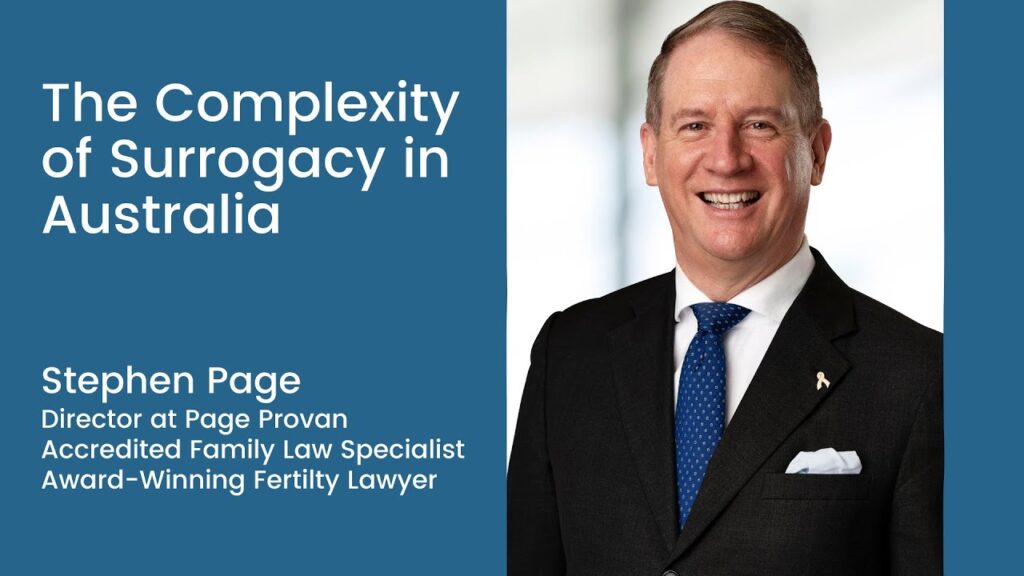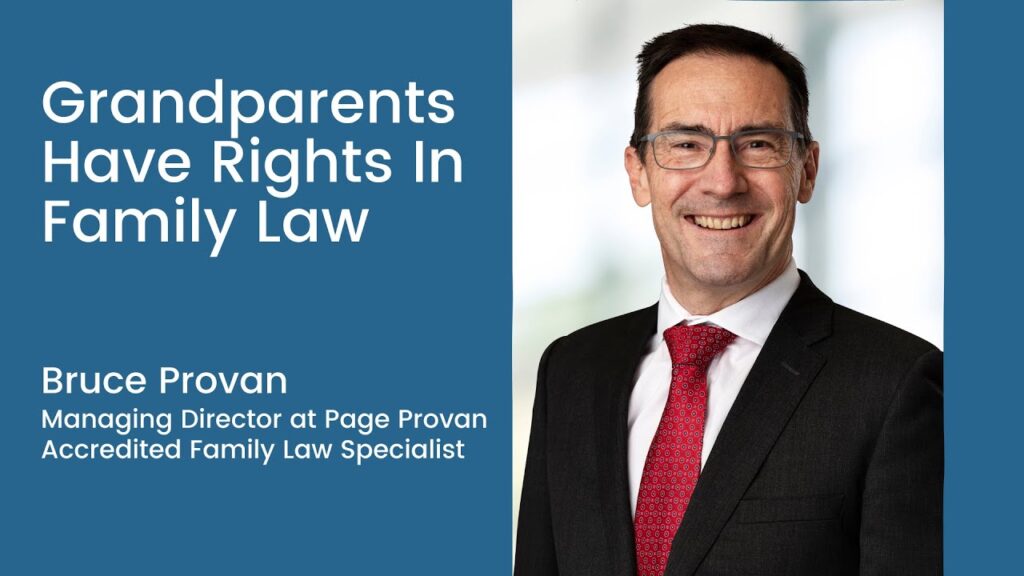NZ: Judge calls for greater security, access to criminal records

The Chief Judge of the New Zealand Family Court, Peter Boshier has just delivered a landmark speech on domestic violence at a domestic violence conference in New Zealand.
Here are some highlights:
New Zealand Domestic Violence Statistics
In the calendar year 2006, New Zealand Police recorded 38,369 family violence related incidents, and 32,675 family violence related offences, making up a total of 71,044 family violence related occurrences. In the same year 16 of the 49 murders were recorded as domestic violence related.The continuing prevalence of domestic violence evident in New Zealand has seen the situation described as an epidemic in this country; and horrifying statistics now predict one in four women and just under one in five men will be the victim of domestic violence at some point in their lifetime.
Between 2000 and 2007, applicants for protection orders who are by gender, 91% female, 8% male and 1% more than one party, have decreased steadily from 6,015 in 2000 to 4,511 in 2007. In 2000, the Court made 3,699 final protection orders compared with only 2,583 in 2007.
(I)t is a worry that applicants have decreased in numbers and that there is at least a perception that women victims of violence do not have confidence that protection orders are worth applying for. On the question of numbers, protection orders have no time limit and do not expire. A protection order remains in place until a successful application is made to discharge the order. This means that once the protection order is in place, the applicant will have no need to seek a new order. Therefore the pool of people in need of protection orders constantly decreases until new people in need of such orders enter the pool. This explains, at least in part, the decreasing trend in applications and may reflect a stabilisation of the number of new applications (and new people entering the “pool”).
For the most part, applications are made without notice and equally, are granted without notice. For instance, in 2000, 89% of applications for protection orders were brought without notice. 19% of these were directed to proceed on notice. However, in 2002, of the 86% of applications brought without notice, 24% were directed to proceed on notice, the highest number in this category, ever…However, since that time, the percentage of applications brought without notice and directed to proceed on notice, has continued to fall, year by year. In 2006, 87% of applications were brought without notice and 16% were directed to proceed on notice. In the latest year for which figures are available, 2007, 88% of applications were brought without notice and only 14% were directed to proceed on notice.
Representation for survivors of violence
I think it is essential that victims of violence have ready access to properly trained and appropriately remunerated specialist Family Court lawyers so that applications and accompanying documentation are presented in their best form. I have not the least doubt that applicants who bring their applications personally and endeavour to handwrite their evidence in often difficult circumstances, may miss vital points and make it that much more difficult for a Judge to properly grant the application. Although most applications brought without notice, succeed, of the percentage that are directed to proceed on notice, it will often be because of poorly presented documentation and more importantly, a failure to present threshold evidence justifying a “without notice” order.
As well as seeing all applicants properly legally represented, I would also like all applicants to be seen personally by a Family Court coordinator or specially trained Family Court staff member. A meeting should include a discussion on:
Self-representation or legal representation.
The application process including the extent of the order.
Advise that the respondent will see the application and affidavits and be given a chance to be heard in court. Supply an application package with pamphlets on law, support programmes, timeframes, list of lawyers, legal aid services and community law centres.
Establish a safety plan to complement the order, including where to go for support, what is to happen that night, particular attention on time of service.
Referrals to be made with permission of the victim, to agencies such as WINZ, Housing New Zealand, Women’s Refuge, Child Youth and Family Services, Police, Community Law Centre and a Victim Advisor in the Criminal Court (if there are criminal proceedings).
Advise on the possibility of counselling through the Family Court (s9, Family Proceedings Act).
Establish whether the applicant wishes to be informed when the respondent has completed the programme.
If the applicant is self-represented, and as a result of this meeting, the applicant wishes to be legally represented, then I think the State has a duty to provide free legal representation if it can be seen that the applicant cannot afford to pay for a lawyer and most cannot.
Prior criminal histories
I believe that the Family Court will often be assisted by receiving a complete criminal history of a respondent to a protection order, especially when the Court is exercising a discretion as to whether to continue the protection order, or not. At present, information that the Family Court can receive is limited to the charge or conviction relevant to the protection order. Past convictions for domestic violence and against other victims may be highly relevant and yet not accessible. Equally, convictions for drug use, particularly methamphetamine, can be highly relevant and influential.
Lack of court security
 One week’s weapons seized at Manakau District Court
One week’s weapons seized at Manakau District Court
(O)nly 11 of the 63 District Courts in New Zealand currently have walk-through scanners. Furthermore, with only three Courts possessing single entrances (Manukau, Napier and Palmerston North) and only one Court, Palmerston North, possessing a single entrance and a walk-through scanner, the security in our Courts seems woefully inadequate. Palmerston North is the only court where there is a complete search.
This is particularly significant when statistics routinely compiled by the Ministry of Justice on security incidents are evaluated. In the year June 2007 to May 2008, 414,082 searches were conducted nationally and 4,231 items were either seized or taken into temporary custody. To give an indication of the nature of the problem here, I set out for you, in photographic form, items seized in one week in March 2008, in the Manukau Court (in Auckland).
Lawyers for children in domestic violence proceedings
The proposed legislative amendments to aid in the protection of domestic violence victims are intended to be more extensive than just revising the Domestic Violence Act. Proposals are also made to extend the definition of violence under the Care of Children Act 2004 to include psychological abuse as violence and the Court will be given discretion to appoint a lawyer-for-the-child in protection order proceedings where children are likely to be affected by any order. Children and young people aware of domestic violence have the right to be listened to and need help to understand what is happening.












